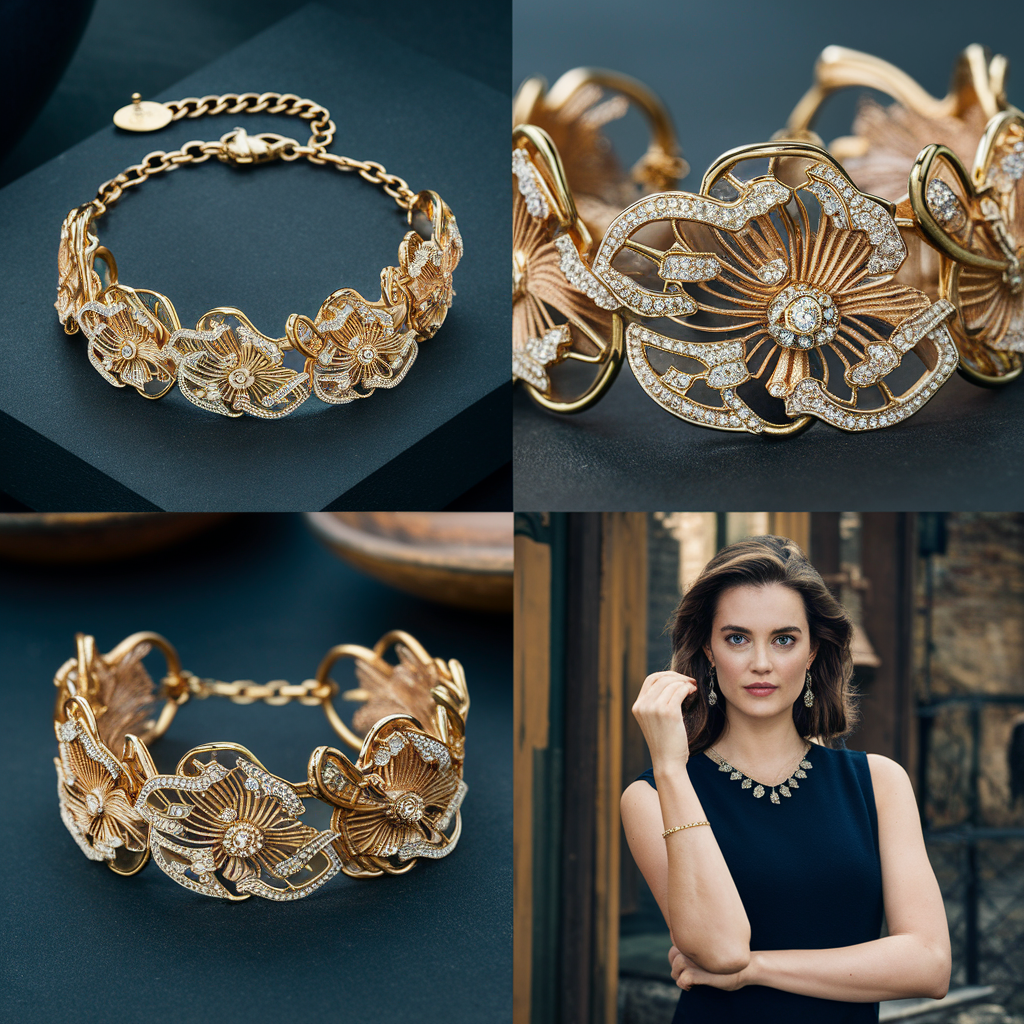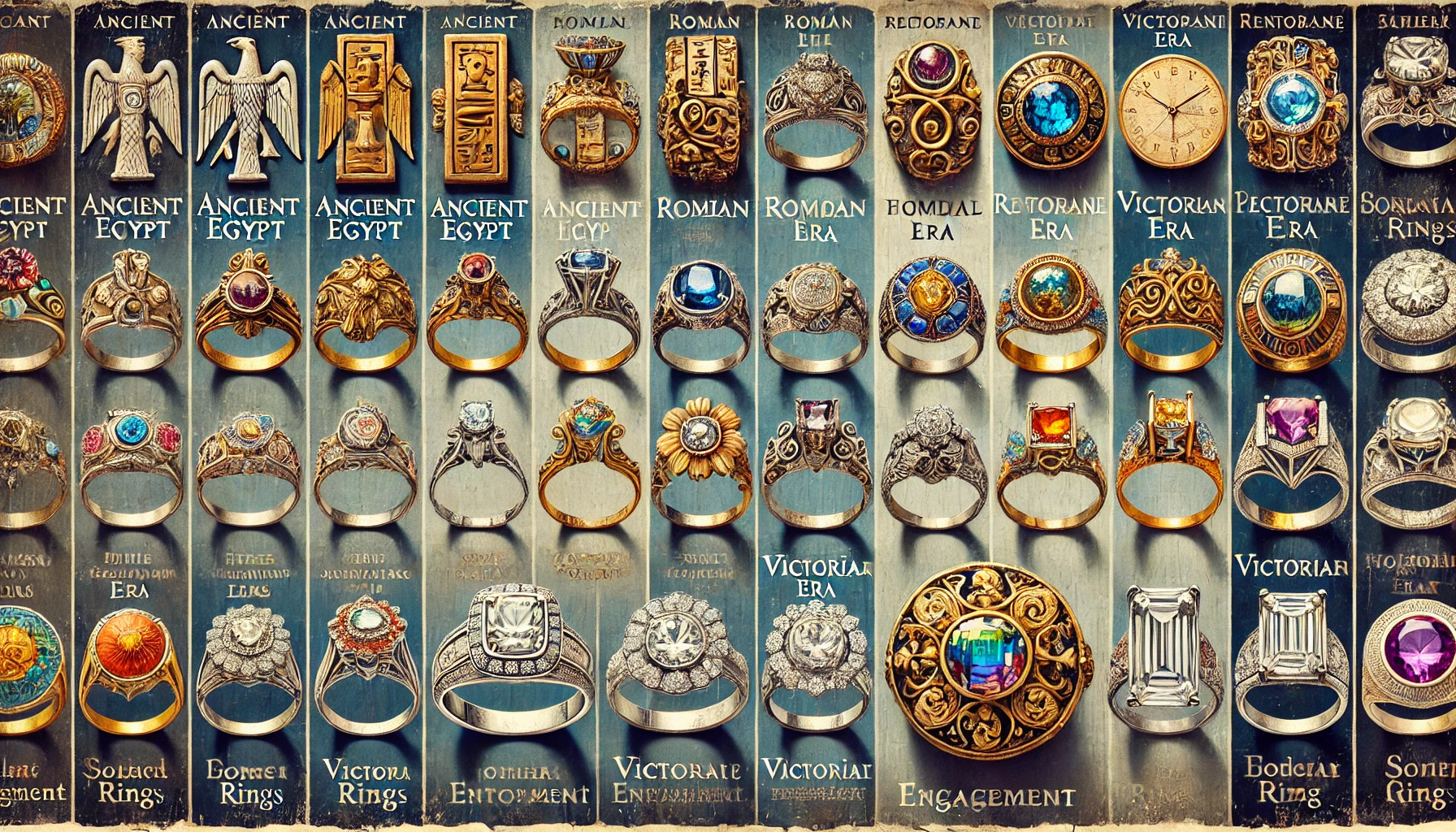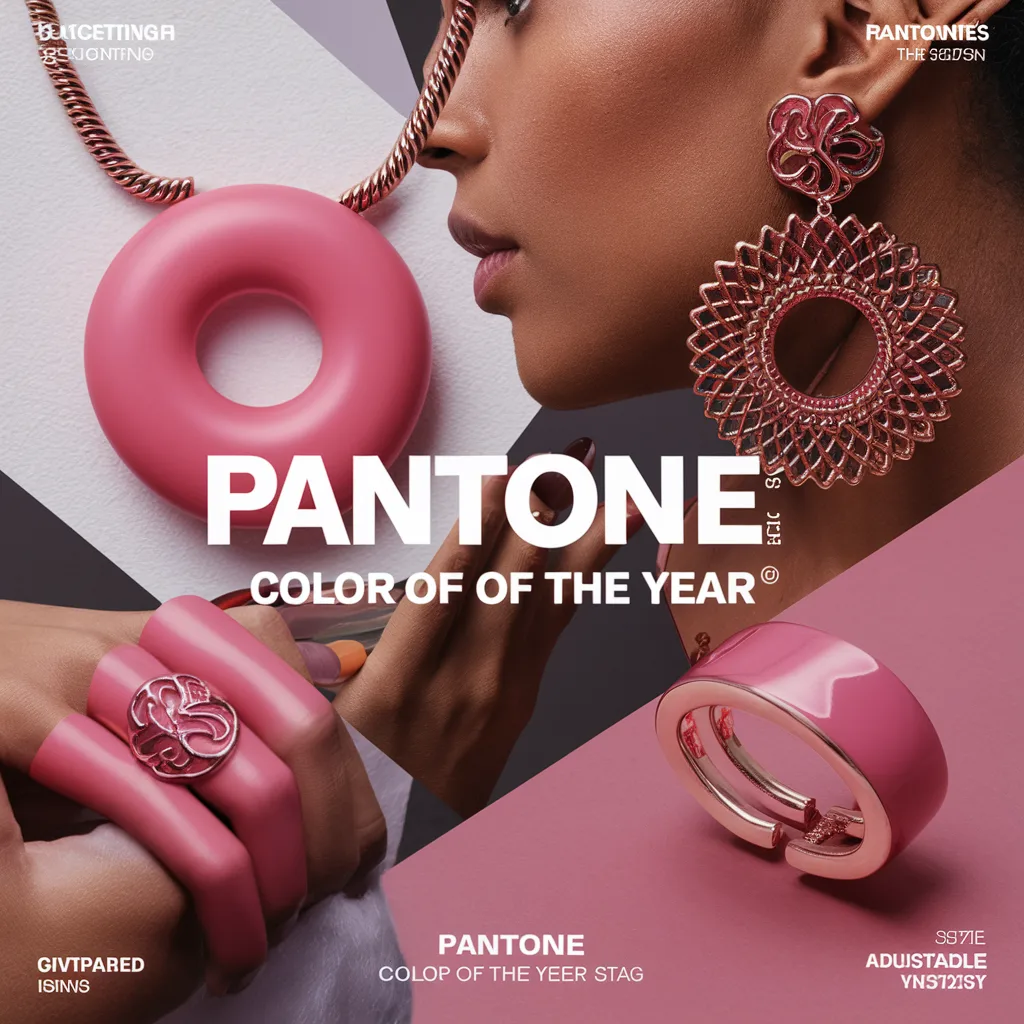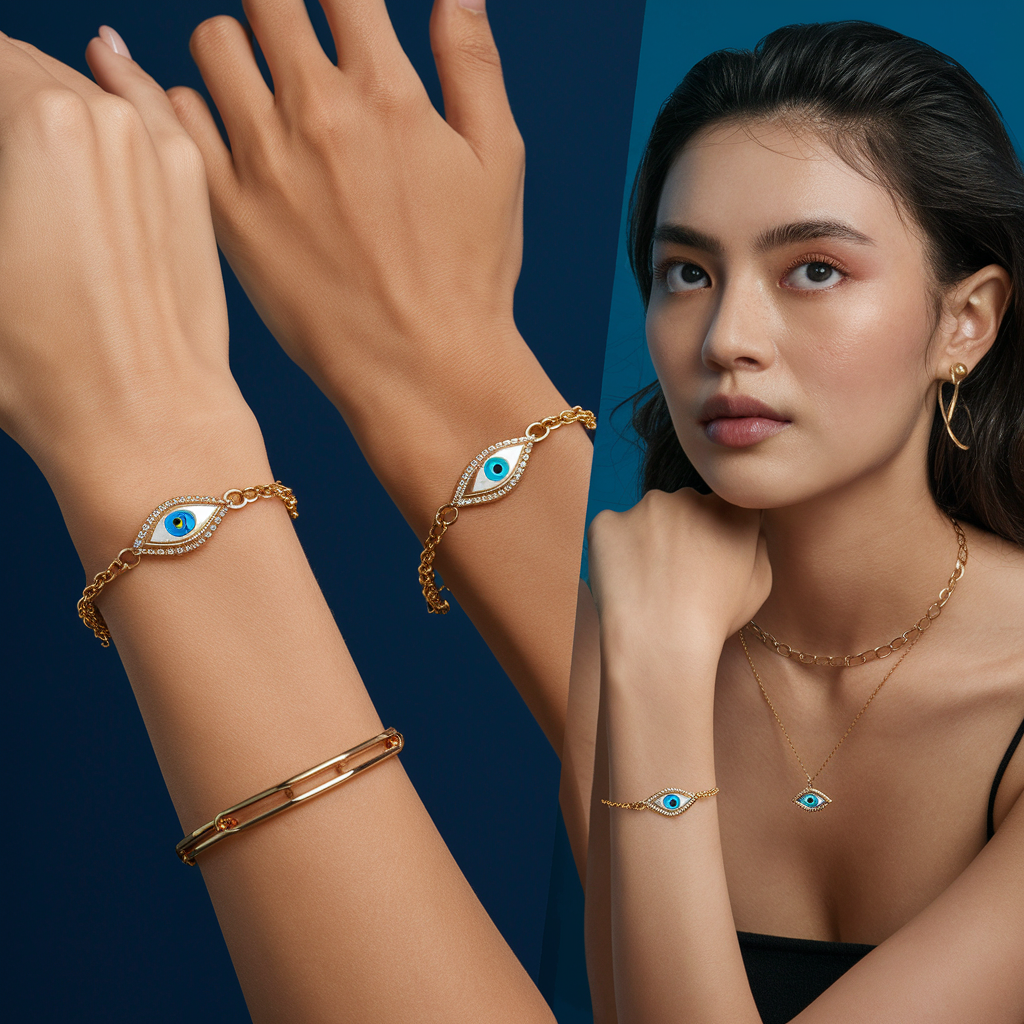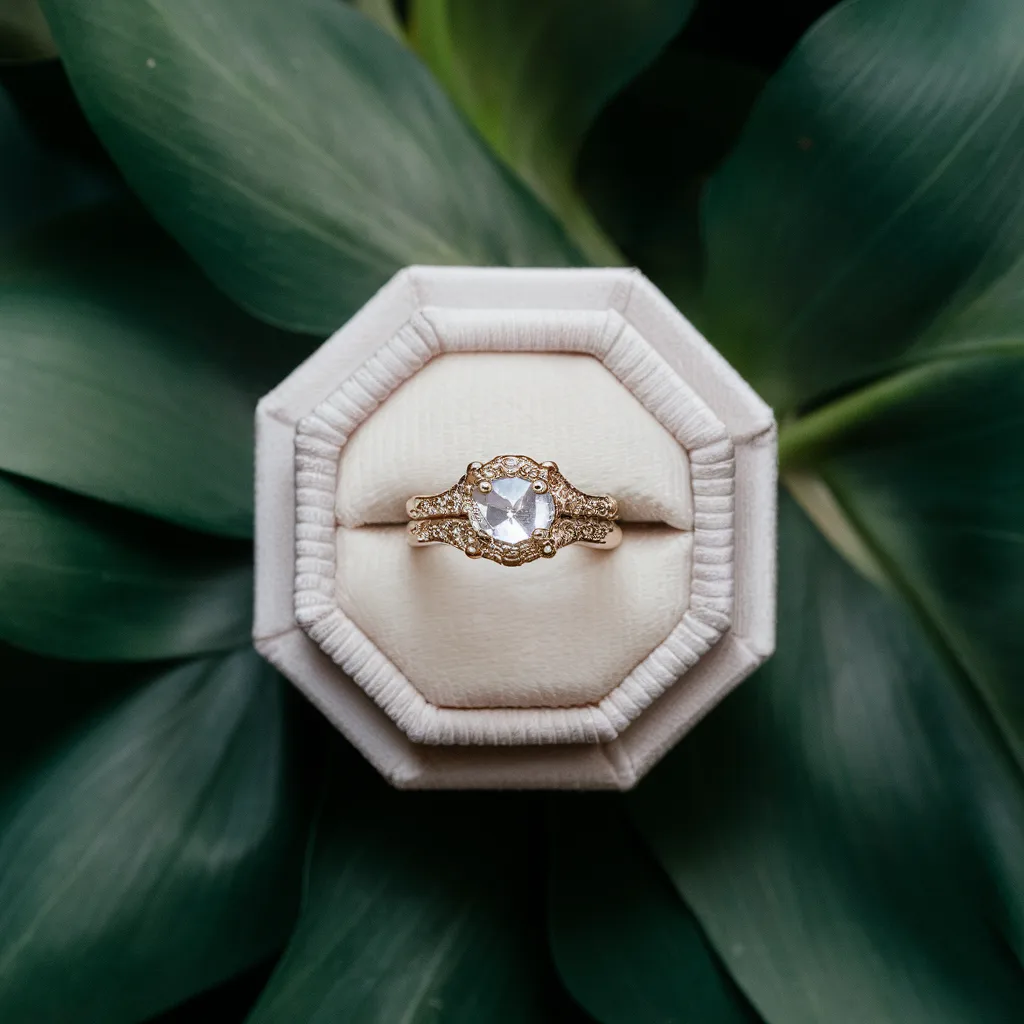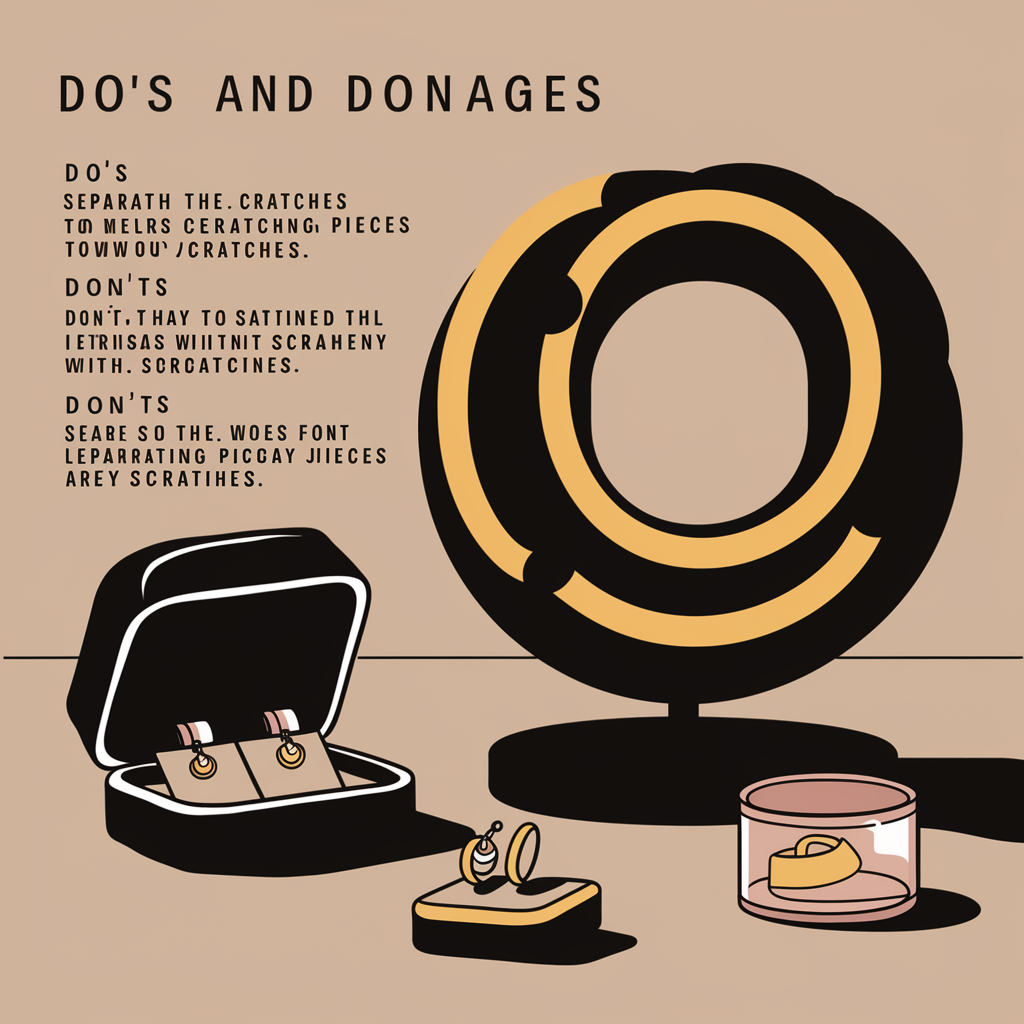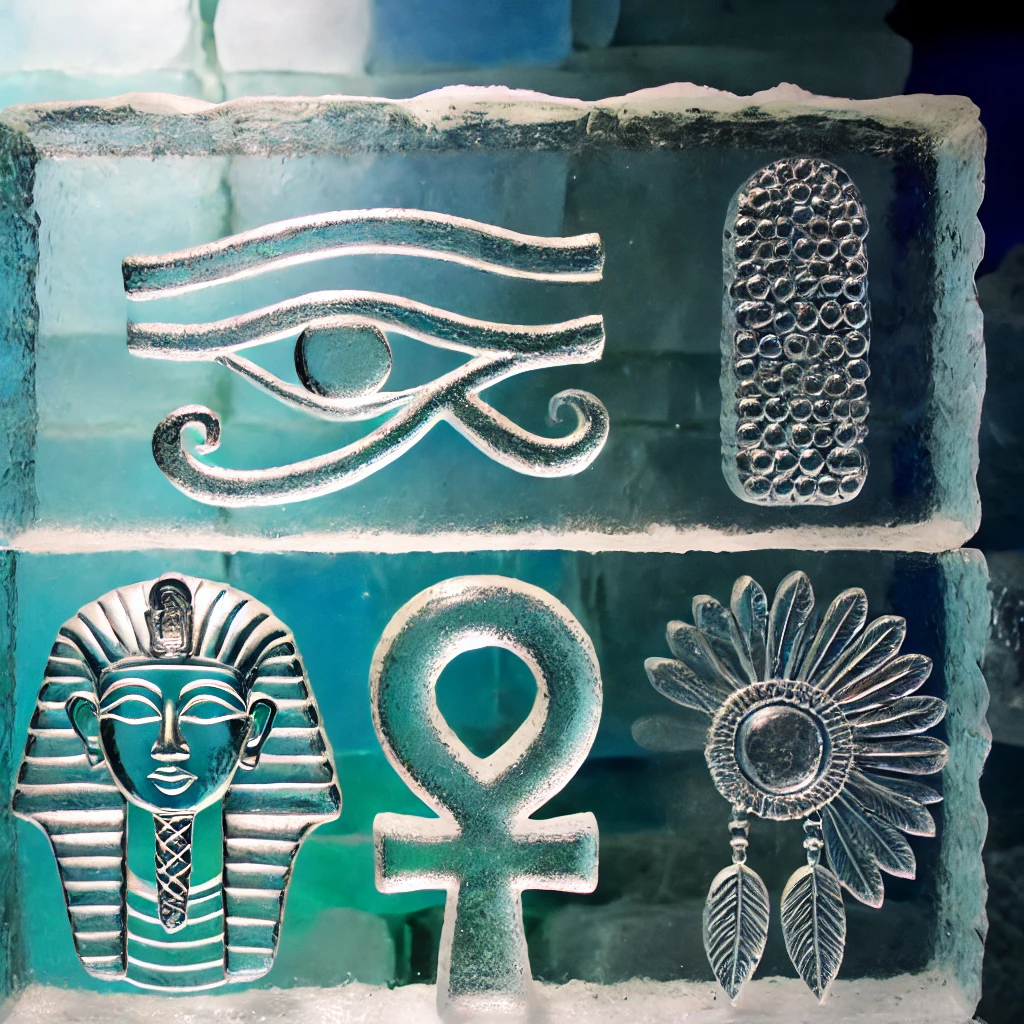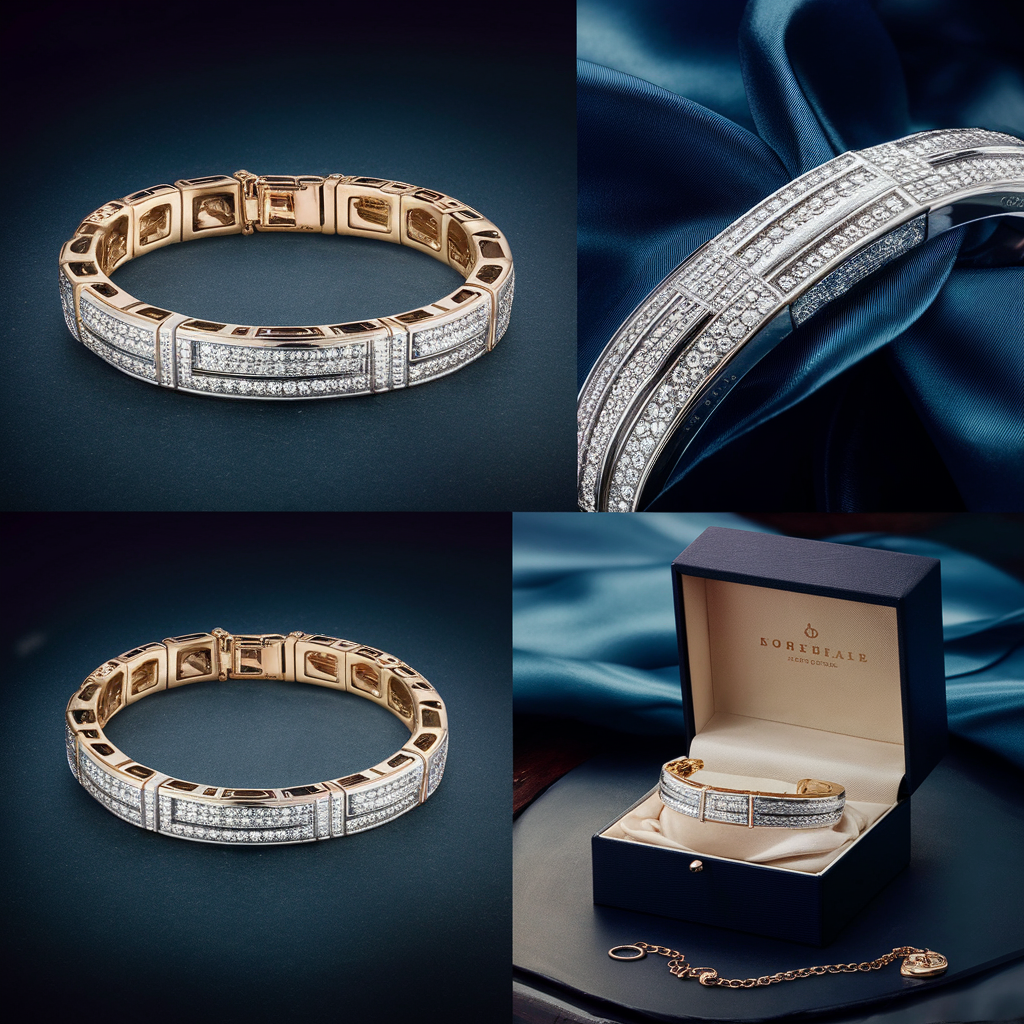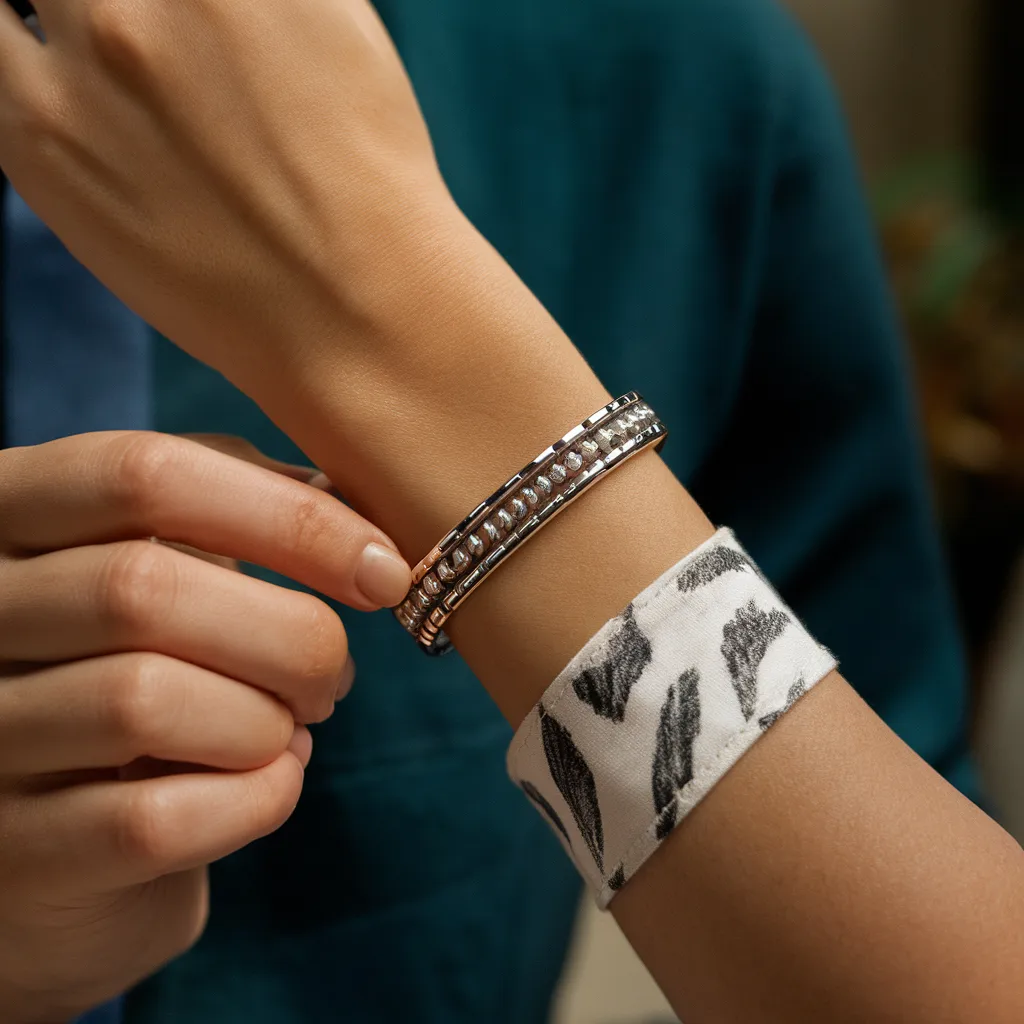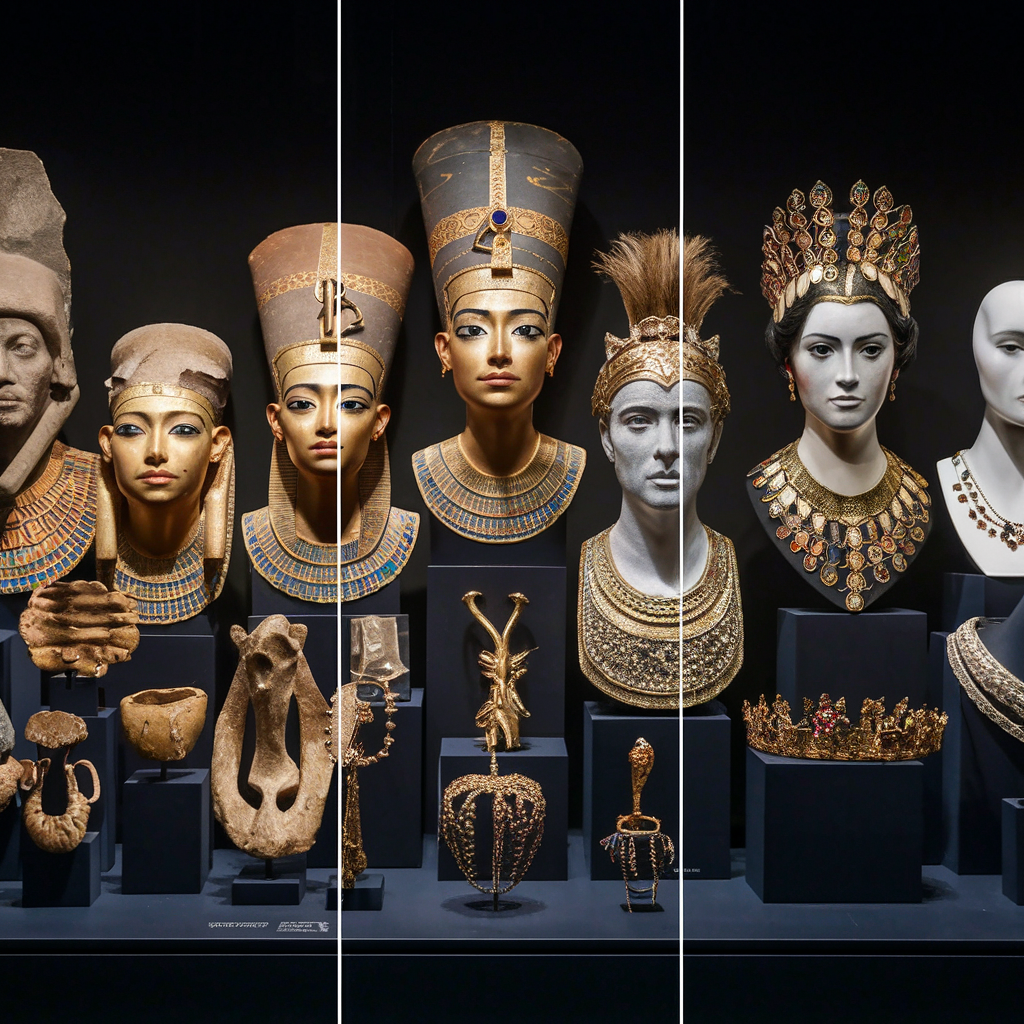
The Evolution of Jewelry: A Journey Through the Ages
Jewelry has been an integral part of human culture for millennia. It serves as a marker of social status, a symbol of personal expression, and a token of affection. This article explores the fascinating evolution of jewelry, tracing its journey through different ages and civilizations, and how it has shaped human history.
Prehistoric Jewelry: The Dawn of Adornment
The earliest forms of jewelry date back to prehistoric times, with simple adornments made from natural materials such as bones, shells, and stones. These primitive pieces served not only as decoration but also as amulets for protection and symbols of status within the tribe.
Materials Used in Prehistoric Jewelry
- Bones
- Shells
- Stones
- Animal teeth
- Feathers
Prehistoric people crafted these items using rudimentary tools, showcasing their ingenuity and the importance they placed on personal adornment.
Ancient Civilizations: Egypt, Mesopotamia, and Greece
Ancient civilizations made significant advancements in jewelry design and craftsmanship. Each culture had its unique style and symbolism, reflecting their beliefs and social structures.
Egyptian Jewelry
Ancient Egypt is renowned for its exquisite jewelry made from gold, silver, and precious stones. Egyptian jewelry often featured motifs like the scarab beetle, the ankh, and the Eye of Horus, symbolizing life, power, and protection.
Mesopotamian Jewelry
In Mesopotamia, jewelry was crafted from a variety of metals and adorned with intricate designs. The Sumerians, Babylonians, and Assyrians contributed to the rich tapestry of Mesopotamian jewelry, incorporating motifs like leaves, grapes, and rosettes.
Greek Jewelry
The Greeks advanced jewelry design with their sophisticated techniques and incorporation of gemstones. Greek jewelry often depicted gods, mythical creatures, and scenes from daily life, emphasizing both beauty and craftsmanship.
The Middle Ages: Symbolism and Craftsmanship
During the Middle Ages, jewelry became more symbolic, often reflecting religious themes. The rise of Christianity influenced the design of jewelry, with crosses and other religious icons becoming popular. Skilled craftsmen emerged, leading to the creation of more intricate and detailed pieces.
Religious Influence
Jewelry from the Middle Ages often featured symbols of faith, such as crosses, saints, and biblical scenes. These pieces served not only as adornments but also as expressions of piety and devotion.
Craftsmanship
Artisans in the Middle Ages honed their skills, creating detailed and elaborate jewelry. Techniques such as enameling, filigree, and gemstone setting became more refined, resulting in stunning works of art.
The Renaissance: Rebirth of Art and Luxury
The Renaissance marked a significant shift in jewelry design, with a renewed focus on art, luxury, and individual expression. This period saw the use of enameling techniques, the introduction of new gemstones, and the creation of elaborate pieces that reflected the wearer's wealth and taste.
Enameling Techniques
Renaissance jewelers perfected the art of enameling, using it to add color and detail to their creations. This technique involved applying powdered glass to metal and firing it to create a glossy, colorful surface.
Introduction of New Gemstones
Exploration and trade during the Renaissance brought new gemstones to Europe, expanding the palette of jewelers. Diamonds, emeralds, sapphires, and rubies became highly sought after and were incorporated into luxurious designs.
Elaborate Designs
Renaissance jewelry was characterized by its intricate and ornate designs. Pieces often featured floral and scroll motifs, as well as depictions of mythological figures and scenes. The use of gold and precious stones highlighted the wealth and status of the wearer.
The Victorian Era: Sentimental and Mourning Jewelry
The Victorian era introduced sentimental and mourning jewelry, reflecting the personal and emotional connections people had with their adornments. Lockets containing hair or portraits of loved ones, as well as black jet mourning jewelry, became popular during this time.
Sentimental Jewelry
Victorian sentimental jewelry often featured hearts, flowers, and other romantic symbols. Lockets and brooches containing hair or miniature portraits were common, serving as keepsakes of loved ones.
Mourning Jewelry
Mourning jewelry, typically made from black materials like jet, onyx, and vulcanite, became popular after the death of Prince Albert, Queen Victoria's husband. These pieces were worn to commemorate and mourn the deceased, often featuring somber designs and motifs.
The Modern Era: Innovation and Diversity
In the modern era, jewelry design has become incredibly diverse, incorporating a wide range of materials and styles. Advances in technology have allowed for mass production, making jewelry more accessible. Contemporary designers often blend traditional craftsmanship with innovative techniques to create unique pieces that cater to a variety of tastes.
Technological Advancements
Modern technology has revolutionized jewelry making. Techniques such as 3D printing, laser cutting, and computer-aided design (CAD) have expanded the possibilities for intricate and precise designs. These advancements have also made it easier to replicate and mass-produce pieces, bringing down costs and making jewelry more widely available.
Diverse Materials
Contemporary jewelry incorporates a vast array of materials, from traditional metals and gemstones to unconventional substances like plastic, wood, and recycled materials. This diversity allows for greater creativity and expression in design.
Innovative Design
Today's jewelry designers push the boundaries of creativity, blending traditional techniques with modern aesthetics. Minimalist, abstract, and avant-garde designs are popular, reflecting the individualism and diversity of contemporary society.
Conclusion
The evolution of jewelry is a testament to human creativity and cultural exchange. From the earliest bone necklaces to the intricate designs of ancient civilizations, and from the symbolic pieces of the Middle Ages to the diverse creations of the modern era, jewelry continues to captivate and inspire. It remains a powerful form of expression and a cherished part of our heritage.
By understanding the history and evolution of jewelry, we gain a deeper appreciation for these beautiful adornments and their significance in human culture. As we continue to innovate and explore new possibilities in jewelry design, we carry forward a rich tradition that has been part of our lives for thousands of years.







